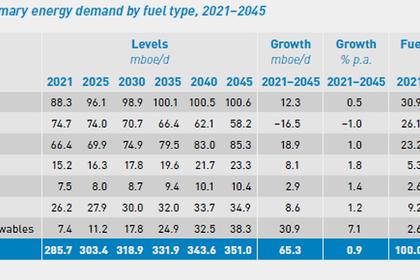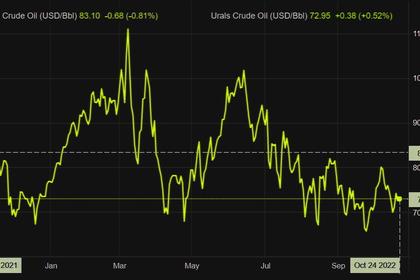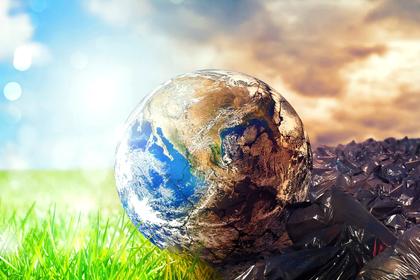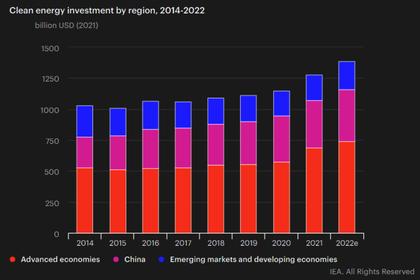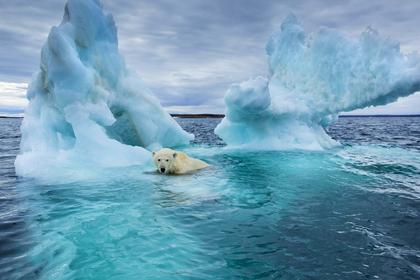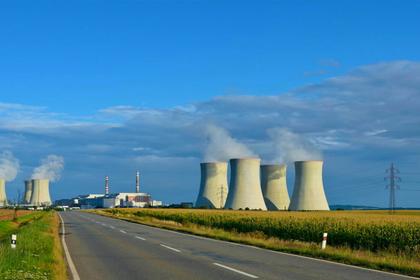
THE RETURN OF NUCLEAR POWER
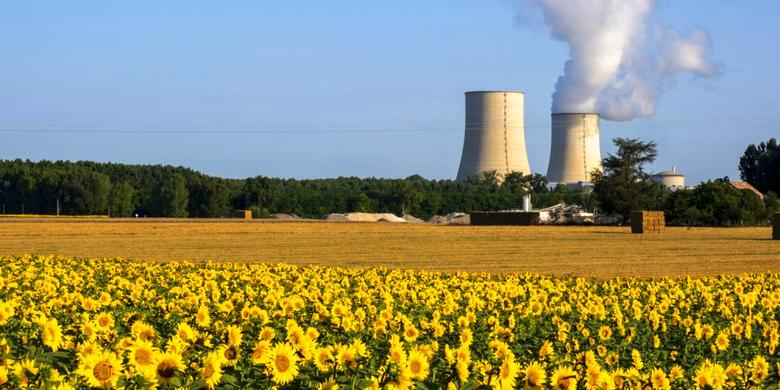
IAEA - NOV 9 2022 - IAEA Director General Rafael Mariano Grossi led a panel of officials from around the world in an in-depth discussion on nuclear power at COP27 today, amid rising global optimism about its potential to help achieve net zero emissions. Dr Fatih Birol, Executive Director of the International Energy Agency (IEA), set the tone for the event by declaring at its outset: “Nuclear power is making comeback—and in a strong fashion.”
However, Dr Birol said the international financial community had so far “failed” to provide the level playing field needed for nuclear to help the world tackle its most pressing challenges, from climate change to sustainable development. “I don’t give them a passing grade.”
The event at the IAEA-led #Atoms4Climate pavilion—the first-ever nuclear-themed pavilion in the 27-year history of the United Nations Climate Change Conference—began with Mr Grossi playing the role of journalist and interviewing Dr Birol. Mr Grossi then led a wide-ranging talk with senior officials from Poland, the United Arab Emirates, the United States of America and the World Association of Nuclear Operators (WANO), who provided their perspective on present and future challenges and prospects for nuclear power.
Amid the global climate and energy crises, countries around the world are showing renewed interest in nuclear power, including countries that previously had sought to phase out the technology. Driving this change is not only the need for low carbon energy, but secure and reliable energy. Nuclear power provides both.
“This is a very special moment,” Mr Grossi said at the #Atoms4Climate pavilion at COP27, hosted by Egypt in Sharm El Sheikh. “This is the first time in the history of the COPs that you have a nuclear pavilion, which is also a sign of the times.”
“Countries that were saying goodbye to nuclear power, they are rethinking their plans,” Dr Birol said, adding that the IEA had been engaged in talks with both Belgium and Germany. “We are very happy that both governments are now in the process of postponing their nuclear phase-out plans, understanding the role that nuclear plays in addressing this energy security challenge,” he said.
In addition, another group of countries is now considering extending the lifetime of their existing nuclear power reactors to respond to this challenge, which is one of the cheapest forms of low carbon power, Dr Birol said. Still another group of countries are rolling out plans to build new reactors, including seemingly “surprising” ones such as the Netherlands and Poland as well as Japan and South Korea, Dr Birol said.
The UAE, once a nuclear newcomer, is now a nuclear operating country, having put three large reactors online in recent years and soon to complete construction of a fourth, which together will provide 25% of the country’s electricity, said H.E. Mohamed Al Hammadi, Managing Director and CEO of Emirates Nuclear Energy Corporation. Like all nuclear newcomers, the UAE worked closely with the IAEA throughout the process of developing its nuclear power programme, he added.
As billions of people around the world strive for economic development and improved living standards, they are going to need a lot more energy to get there, he added. “When a country reaches a certain milestone in GDP growth, about $2,000 per capita, energy demand starts to move sharply higher, to then stabilize at $20,000 GDP,” Mr Al Hammadi said. “Today, half of the world’s population are at the gates of the $2,000 milestone, or already beyond and require more energy. Nuclear is one of the most advanced methods of meeting this growing energy demand.”
According to the IEA, nuclear power capacity needs to double by 2050 if net zero goals are to be achieved. To live up to its potential, the nuclear industry must do better to deliver its projects on time and on budget, Mr Birol said. Innovation must also play a big role, with small modular reactors (SMRs) potentially broadening the options for more countries including in the developing world to use nuclear power as a backbone for low carbon energy systems with high shares of variable renewables like solar and wind, he added.
Financing will be a key challenge for such projects, said Kathryn Huff, Assistant Secretary for Nuclear Energy at the U.S. Department of Energy. “Export financing will be required,” Ms Huff said, adding that “aggressive engagement on all sides if we are going to get things built on time”.
Several other countries, such as Poland and the United States, are looking to nuclear as a replacement for coal, including at or near the site for former coal-fired plants. Poland, for example, has recently announced plans to build several large reactors as a way to reduce reliance on coal, the most carbon-intensive fossil fuel. Such plans can also help ensure a just economic transition to the communities that host fossil facilities, ensuring they can continue to thrive with new careers and high paying in the nuclear field.
“In Poland, when you talk climate transformation, you mean energy transformation,” said Sebastian Barkowski, Poland’s Special Envoy for International Climate and Energy Cooperation. Noting that Poland gets 75 per cent of its electricity from coal, Mr Barkowski added: “Nuclear has to find a place in the very demanding and long-term process of the energy transition and climate transition, which we have to pursue for the years to come.”
He also noted that flexible SMRs could mark a breakthrough for the way nuclear power works and helps decarbonize economies. By siting SMRs close to sources of emissions, such as fertilizer factories or steel mills or for hydrogen production, they can decarbonise those industries directly through the provision of low-carbon heat.
“There are very few scalable sources of clean, hot heat,” said Ms Huff. “Never forget: a 1 GW reactor is actually 3GW thermal. When we take that incredibly valuable heat and turn it into electricity, isn’t even the most efficient way we could be using nuclear. And I really hope that we can all recognize the role that that can play to help renewables along in an area that will be very hard for renewables alone to decarbonize.”
With multiple technological innovations on the horizon and growing global demand, the nuclear industry needs to do everything it can to attract young generations of talent, with a focus on diversity across the board, if it is going to succeed, said Ingemar Engkvist, CEO of WANO. “We need all the talent we can get,” he said.
-----
Earlier:
